How To Wire In A Wifi Reversing Camera ?
To wire in a WiFi reversing camera, you will need to follow the specific instructions provided by the manufacturer of the camera. Generally, the process involves connecting the camera to a power source, such as the vehicle's reverse light circuit, and then connecting it to the WiFi transmitter or receiver. The WiFi transmitter or receiver is typically connected to the vehicle's head unit or a separate display device. It is important to ensure that all connections are secure and properly insulated to avoid any electrical issues. Additionally, you may need to configure the WiFi settings on the camera and the display device to establish a connection. It is recommended to refer to the user manual or installation guide provided by the manufacturer for detailed instructions specific to your WiFi reversing camera model.
1、 Understanding the basic wiring components for a WiFi reversing camera
Understanding the basic wiring components for a WiFi reversing camera is essential for successfully installing and using this type of camera. Here is a step-by-step guide on how to wire in a WiFi reversing camera:
1. Start by identifying the necessary components: a WiFi reversing camera, a power source (usually the vehicle's battery), a WiFi transmitter, and a display device (such as a smartphone or tablet).
2. Begin by connecting the power source to the WiFi transmitter. This can be done by connecting the positive wire from the power source to the positive terminal of the transmitter and the negative wire to the negative terminal.
3. Next, locate the reverse light wire in your vehicle's wiring harness. This wire is responsible for activating the camera when the vehicle is put into reverse. Connect the positive wire from the WiFi transmitter to the reverse light wire using a wire tap or by soldering the wires together.
4. Connect the WiFi transmitter to the WiFi reversing camera using the provided cables. Ensure that the connections are secure and properly insulated.
5. Install the display device (smartphone or tablet) in a convenient location within the vehicle. Download and install the necessary app for the WiFi reversing camera on the device.
6. Turn on the vehicle's ignition and open the app on the display device. The WiFi reversing camera should now be connected and ready to use.
It is important to note that the specific wiring instructions may vary depending on the brand and model of the WiFi reversing camera. Always refer to the manufacturer's instructions for the most accurate and up-to-date information.
In recent years, WiFi reversing cameras have become increasingly popular due to their ease of installation and convenience. They eliminate the need for complex wiring and can be easily connected to a smartphone or tablet. This allows for a wireless connection between the camera and the display device, providing real-time video feed and making it easier for drivers to navigate and park their vehicles.
Additionally, WiFi reversing cameras often come with advanced features such as night vision, wide-angle lenses, and adjustable viewing angles. These features enhance the overall functionality and usability of the camera, providing drivers with a clear and comprehensive view of their surroundings.
Overall, understanding the basic wiring components for a WiFi reversing camera is crucial for a successful installation. By following the steps outlined above and referring to the manufacturer's instructions, drivers can enjoy the benefits of this innovative technology and enhance their overall driving experience.
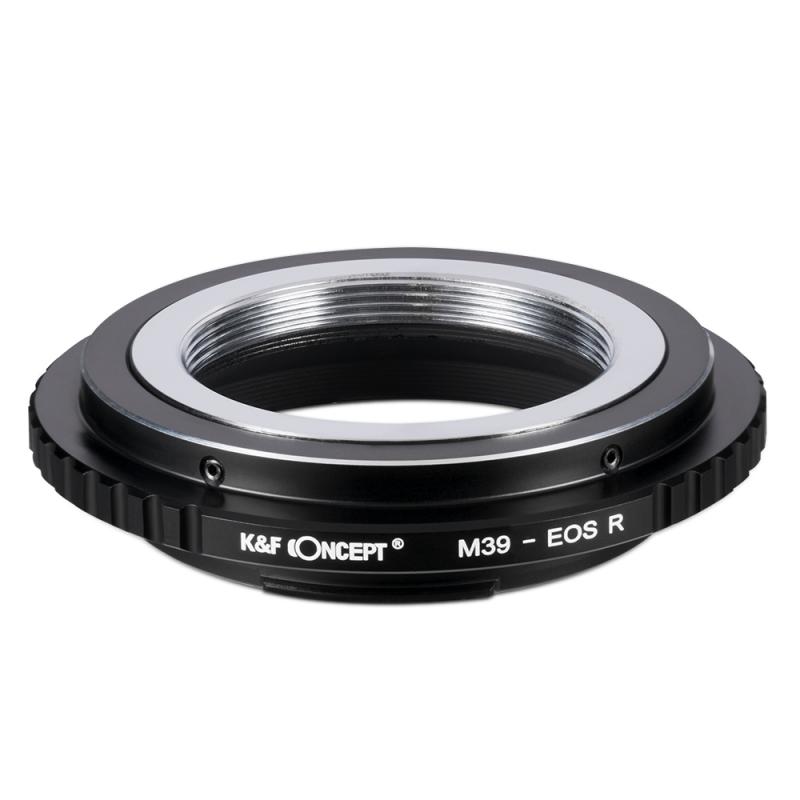
2、 Connecting the camera to the vehicle's power source
To wire in a WiFi reversing camera, you will need to follow a few steps. The first step is to connect the camera to the vehicle's power source. This can typically be done by connecting the camera's power cable to the vehicle's fuse box or by tapping into the vehicle's reverse light wiring.
To connect the camera to the fuse box, you will need to locate a fuse that is only powered when the vehicle is in reverse. This can usually be found in the vehicle's owner's manual or by using a multimeter to test the fuses. Once you have identified the correct fuse, you can use a fuse tap or add-a-circuit to connect the camera's power cable to the fuse box.
Alternatively, you can tap into the vehicle's reverse light wiring. This involves locating the reverse light wires in the vehicle's tail light assembly and splicing the camera's power cable into these wires. This method may require some additional wiring and soldering skills.
It is important to ensure that the camera is properly grounded to the vehicle's chassis. This can be done by connecting the camera's ground wire to a metal part of the vehicle's frame.
Once the camera is connected to the vehicle's power source, you can proceed with setting up the WiFi connection. This typically involves downloading a mobile app provided by the camera manufacturer and following the instructions to connect the camera to your smartphone or tablet.
It is worth noting that the latest point of view on wiring a WiFi reversing camera may vary depending on the specific camera model and vehicle. It is always recommended to consult the camera's installation manual or seek professional assistance if you are unsure about any step of the process.
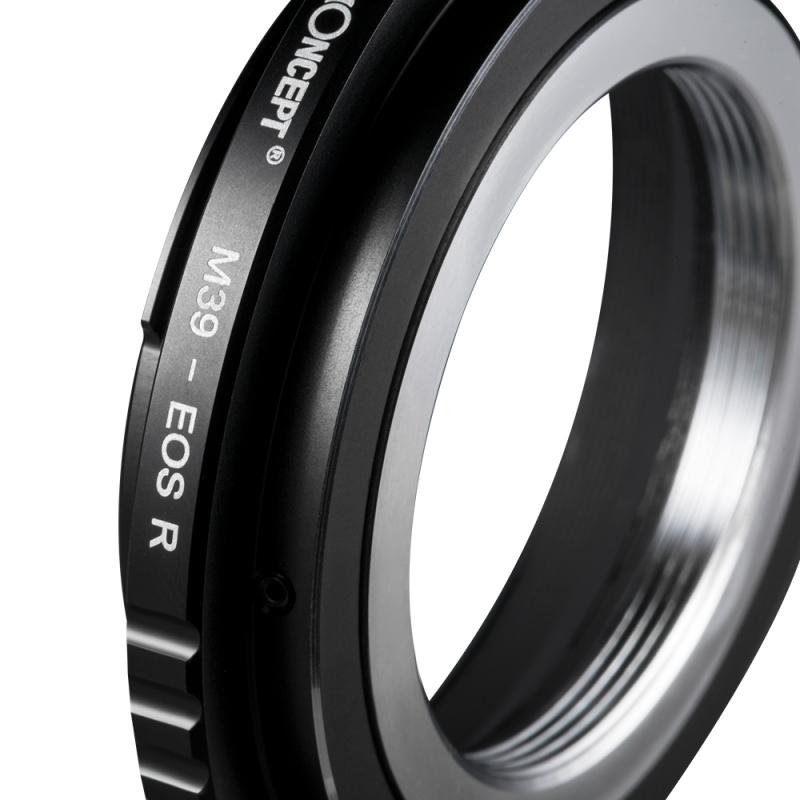
3、 Establishing a wireless connection between the camera and display device
To wire in a WiFi reversing camera, you need to establish a wireless connection between the camera and the display device. This process involves a few steps, but it is relatively straightforward.
First, you need to install the camera on the rear of your vehicle. Make sure to follow the manufacturer's instructions for proper installation. Once the camera is securely mounted, you can move on to the next step.
Next, you need to connect the camera to a power source. This can typically be done by wiring it to the vehicle's reverse light circuit. When the vehicle is put into reverse, the camera will receive power and turn on.
Now, it's time to establish the wireless connection. Most WiFi reversing cameras come with a transmitter that needs to be connected to the camera. This transmitter will send the camera's video signal wirelessly to the display device.
On the display device side, you need to connect a receiver. This receiver will receive the video signal from the camera's transmitter and display it on the screen. Some display devices have built-in receivers, while others may require an external receiver to be connected.
Once the camera and display device are both powered on and the wireless connection is established, you should be able to see the camera's video feed on the display device when the vehicle is in reverse.
It's worth noting that the latest advancements in WiFi reversing cameras include features like high-definition video quality, night vision capabilities, and even smartphone connectivity. These advancements enhance the overall functionality and convenience of the camera system.
In conclusion, wiring in a WiFi reversing camera involves installing the camera, connecting it to a power source, and establishing a wireless connection between the camera and the display device. With the latest advancements, WiFi reversing cameras offer improved video quality and additional features for a better overall experience.
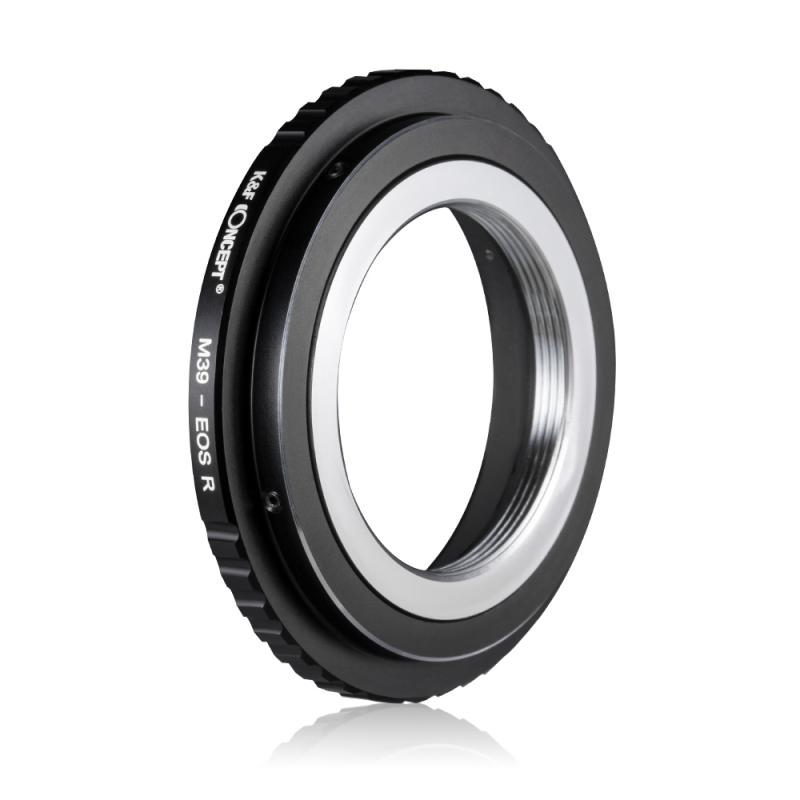
4、 Configuring the camera's settings for optimal performance
To wire in a WiFi reversing camera, you will need to follow a few steps. Here is a guide to help you with the process:
1. Start by mounting the camera on the rear of your vehicle. Ensure that it is securely attached and positioned for optimal visibility.
2. Locate the power source for the camera. This can be the reverse light circuit or a separate power supply. Connect the camera's power cable to the power source, making sure to use appropriate connectors and insulation.
3. Next, find a suitable location for the WiFi transmitter. This can be inside the vehicle, preferably near the camera, or in the trunk. Connect the transmitter to the camera using the provided cables.
4. Once the transmitter is connected, you will need to configure the camera's settings for optimal performance. This can usually be done through a smartphone app or a dedicated monitor. Follow the manufacturer's instructions to connect to the camera's WiFi network and access the settings.
5. In the camera's settings, you can adjust parameters such as video quality, resolution, and frame rate. You may also have options to enable features like night vision or motion detection. Experiment with different settings to find the best combination for your needs.
6. After configuring the camera's settings, test the system to ensure everything is working correctly. Engage the reverse gear and check the live video feed on your smartphone or monitor. Make any necessary adjustments to the camera's position or settings to achieve the desired view.
Remember to consult the camera's user manual for specific instructions and troubleshooting tips. Additionally, stay updated with the latest advancements in WiFi reversing camera technology to benefit from the latest features and improvements.
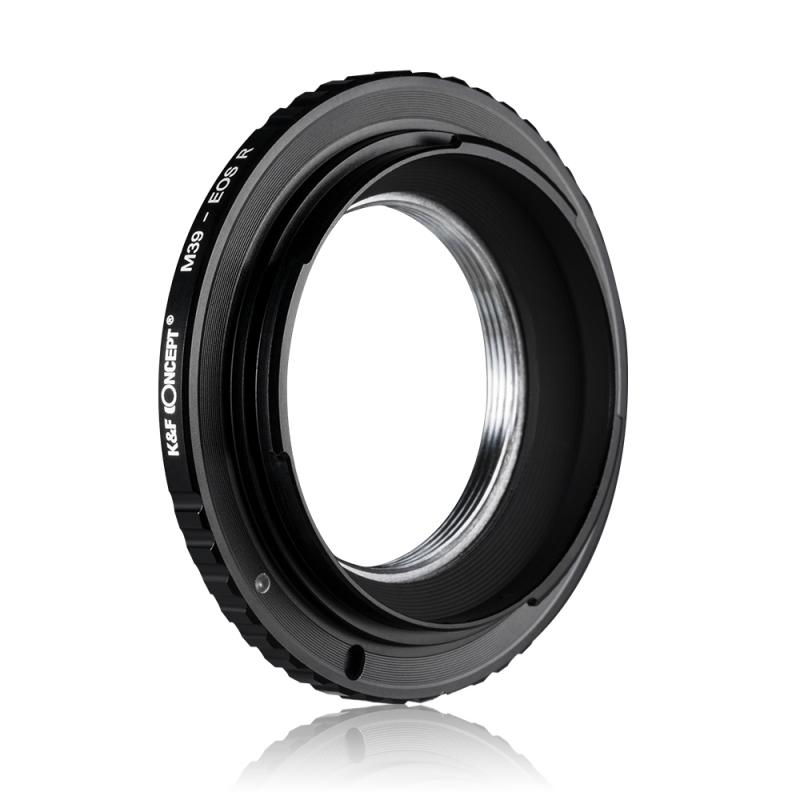





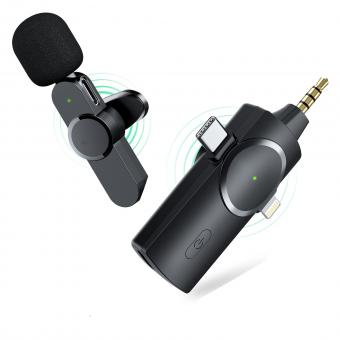




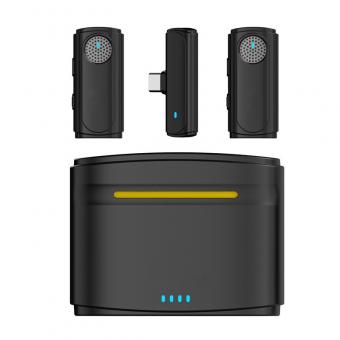



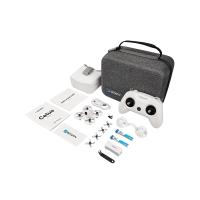




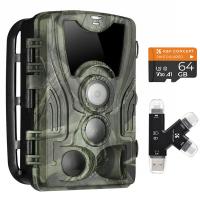
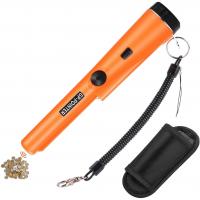




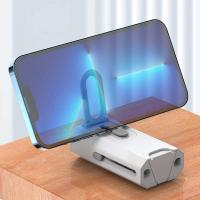

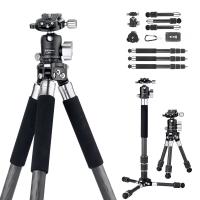

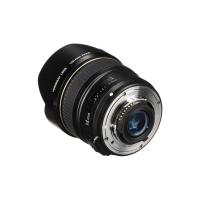
There are no comments for this blog.